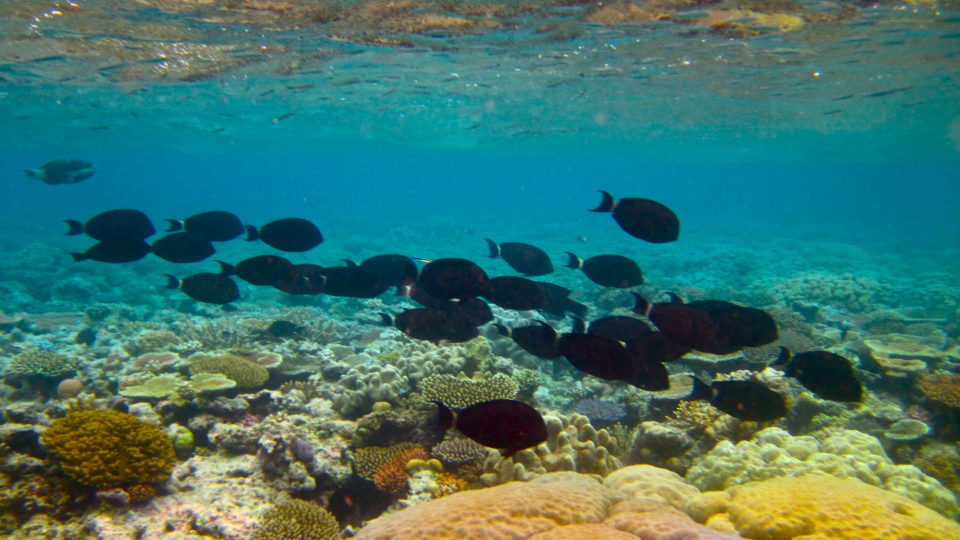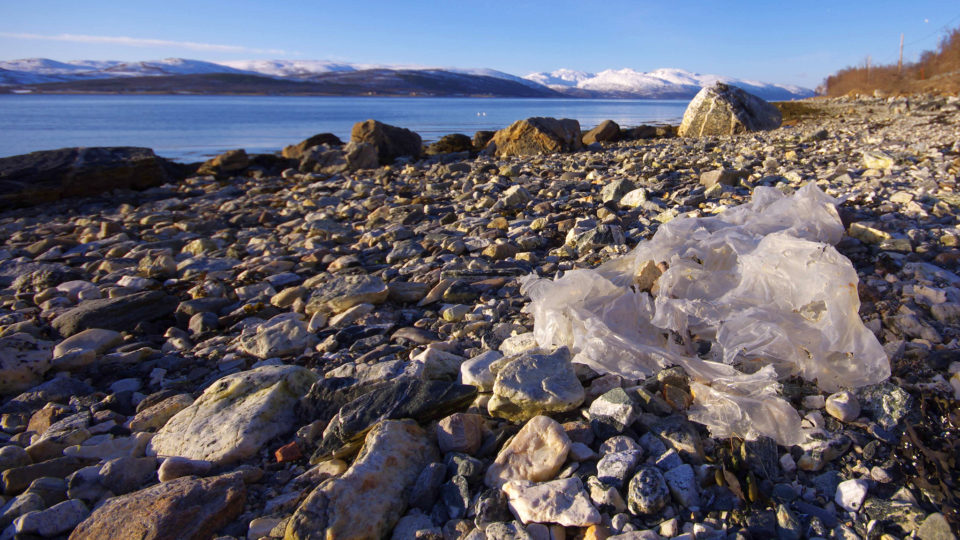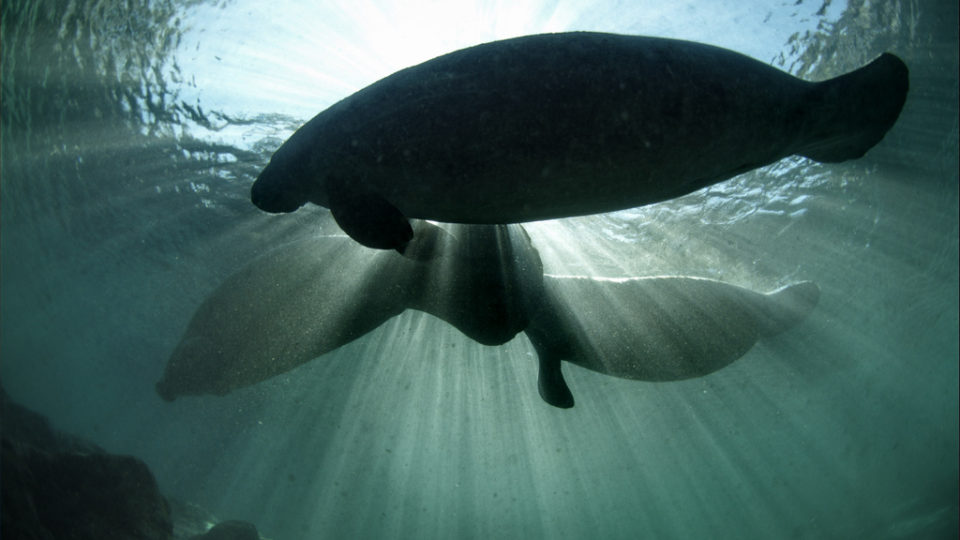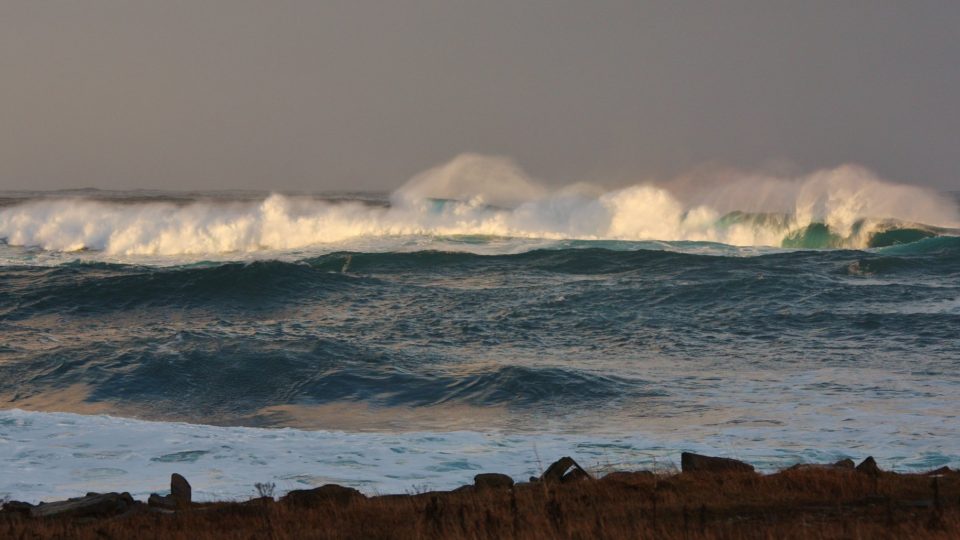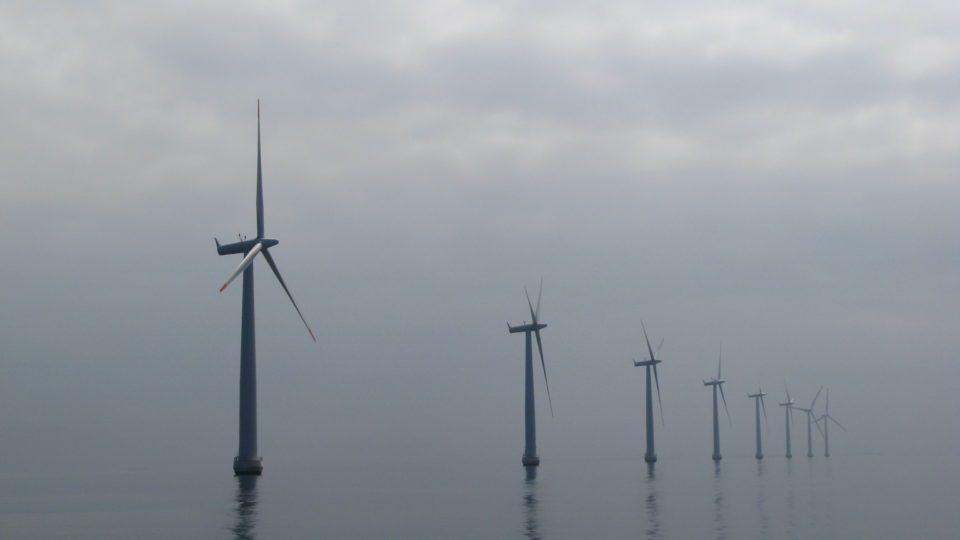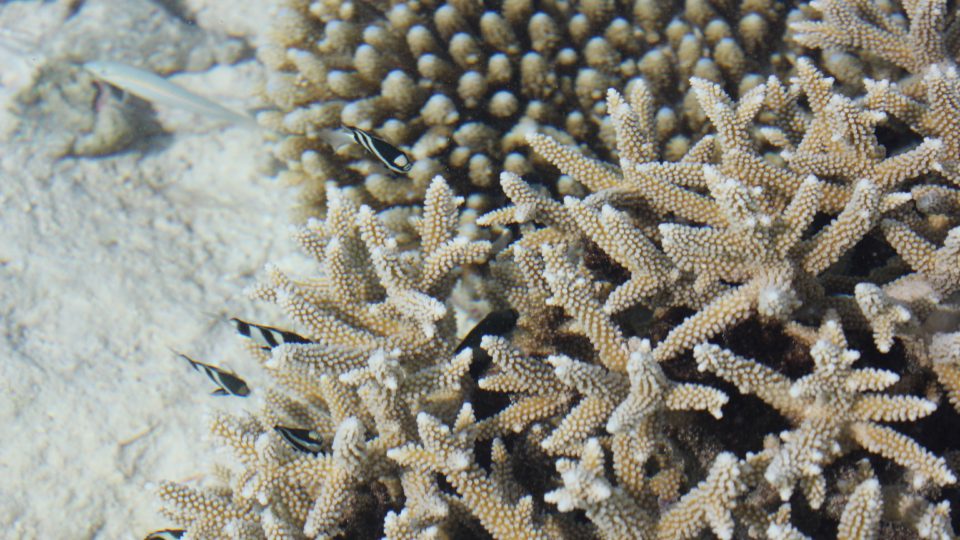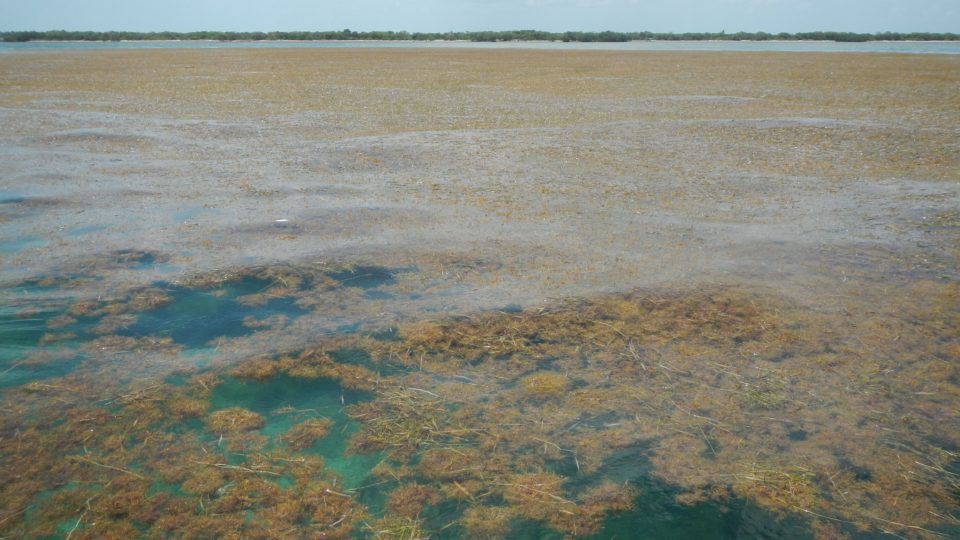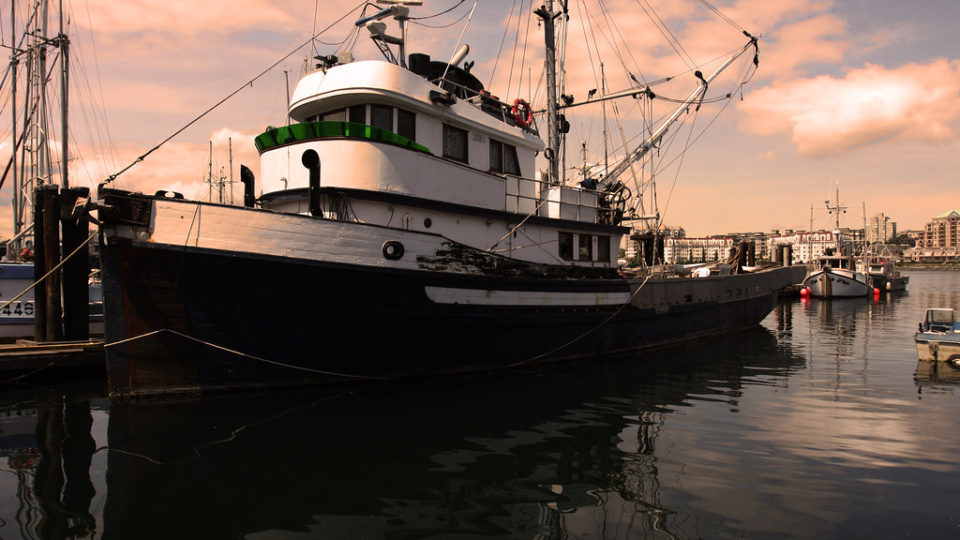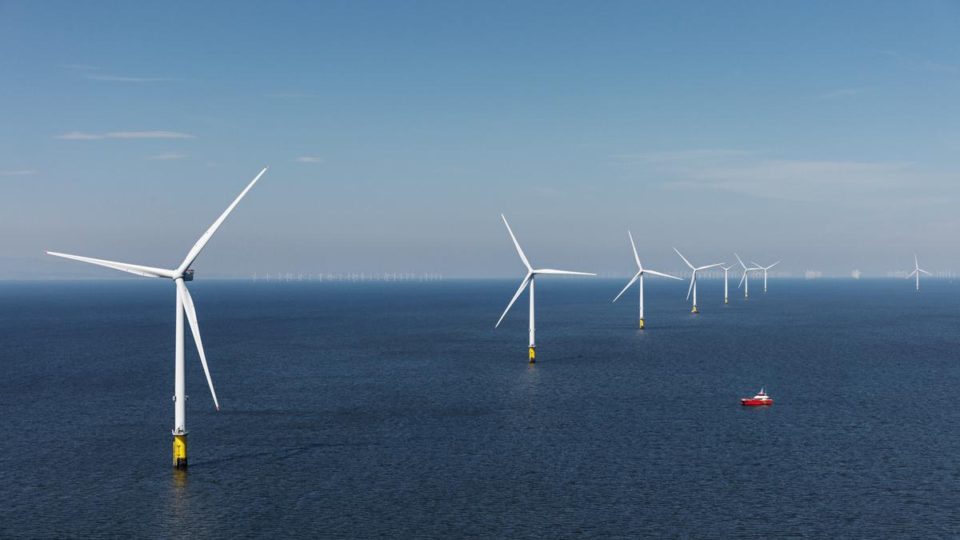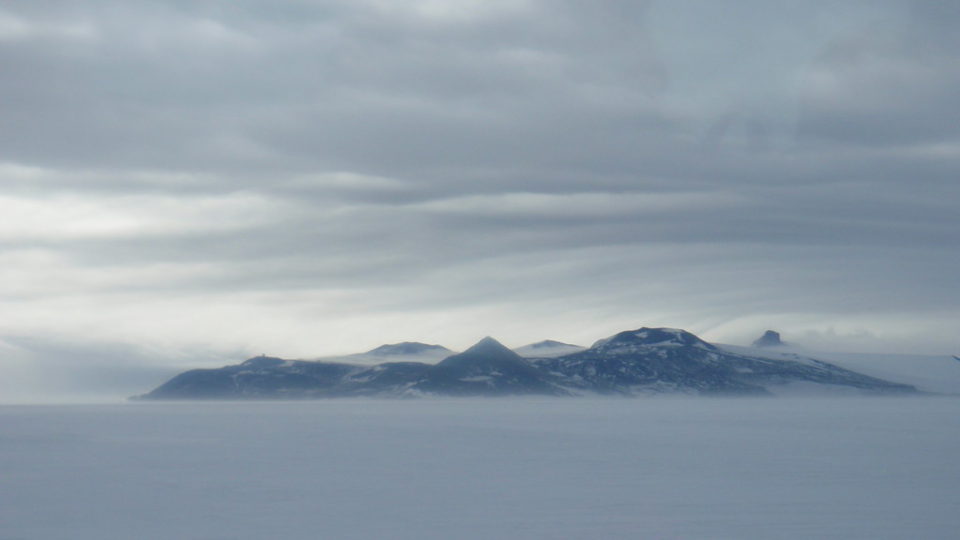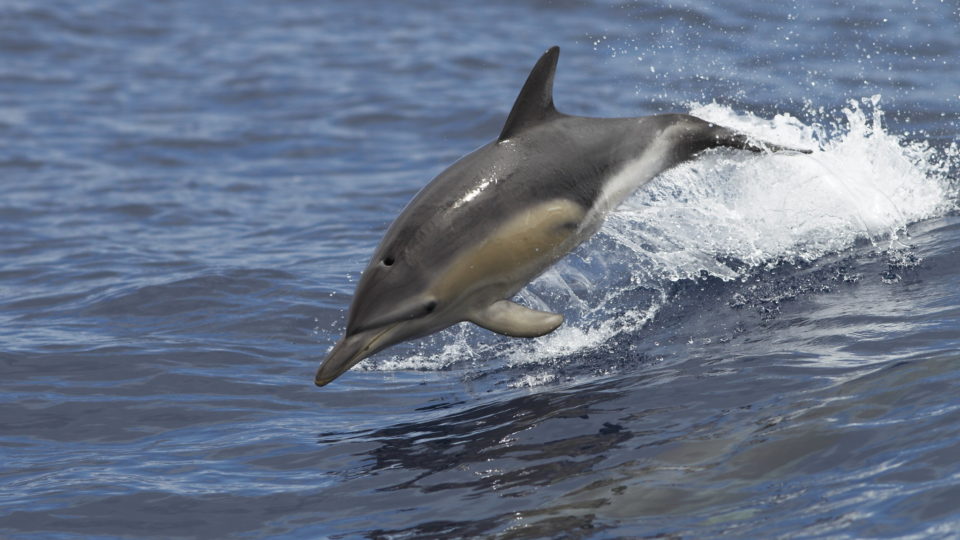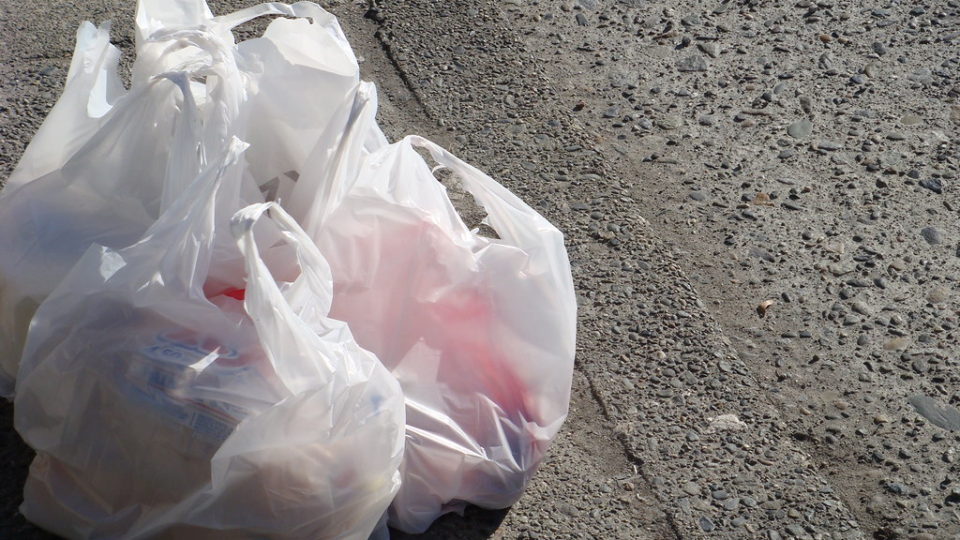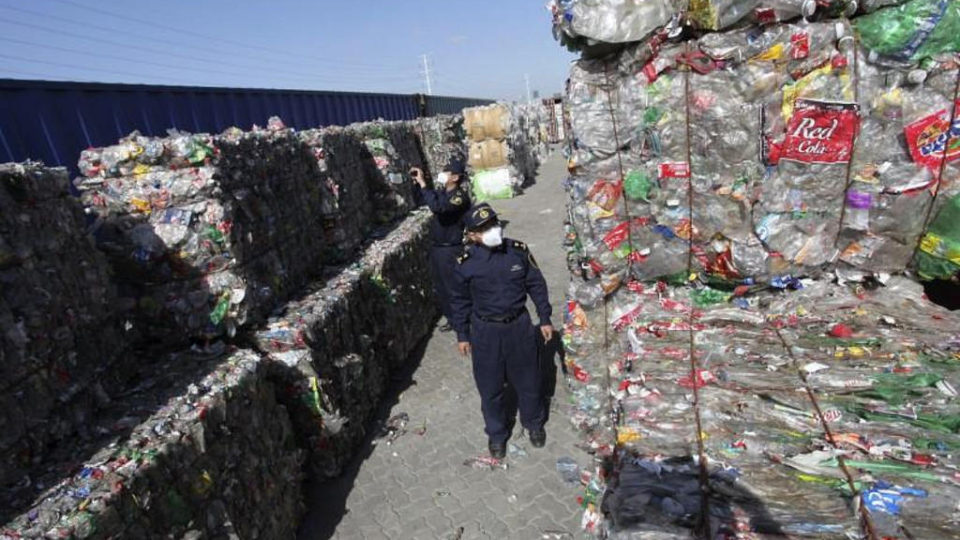Australia’s Great Barrier Reef is one of the greatest natural wonders in the world and it has been under siege by warming waters and ocean acidification. Widespread coral bleaching has damaged or destroyed large portions of the 1,400-mile long coral reef system. But the effects of climate change are not the only threat to the reef. Pesticides found in waterways that flow into the Great Barrier Reef are another serious problem.
According to a new study by the University of Queensland, the combined toxicity of 22 of the most common pesticides that flow into the Reef are not meeting pollution reduction targets.
Different pesticides affect different organisms. Herbicides affect organisms that photosynthesize such as seagrass, corals, mangroves, and algae. Insecticides affect insect larvae in freshwater, and crustaceans such as crabs, prawns, and lobsters. Previous assessments have only examined individual pesticides and only for limited times. The new study has utilized a methodology that estimates the combined toxicity of multiple pesticides found in the waterways that discharge into the Reef and does it for the entire wet season.
The research revealed that the pesticide reduction target set in the Australian Government’s Reef 2050 Water Quality Improvement Plan is not being met. Only one natural resource management region – the Cape York region – was found to be meeting its target.
By having estimates of the risk posed by pesticides in the various regions and individual waterways, governments, farmers, and conservationists can see which areas pose the greatest risk and where to maximize efforts. Stakeholders have to come together to reduce pesticide concentrations through better management practices and by using less toxic pesticides.
**********
Web Links
High pesticide concentrations continue to enter Great Barrier Reef
Photo, posted July 29, 2010, courtesy of Kyle Taylor via Flickr.
Earth Wise is a production of WAMC Northeast Public Radio.
